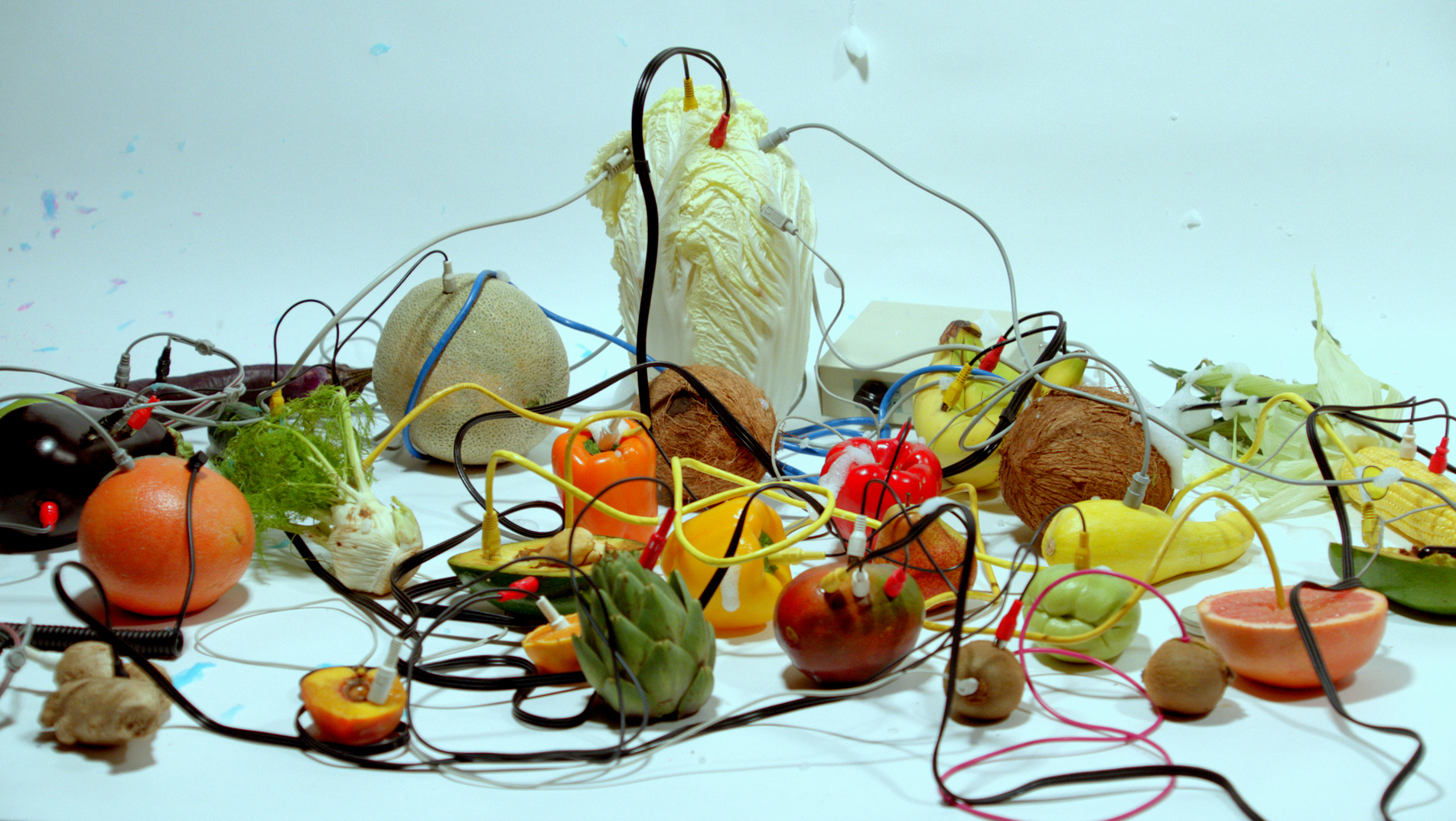
Still Here: Moments in Isolation by Roya Sachs and Mafalda Millies (Distanz)
Isolation has been one of the biggest topics of the last year as the world went into various states of lockdown. Still Here: Moments in Isolation offers a broad selection of responses to this theme, from artists such as Tracey Emin, Shirin Neshat, Wolfgang Tillmans and William Kentridge, and thinkers from the worlds of anthropology, architecture, fashion and more. The book brings together imagery and original texts spanning six continents, reflecting on confinement and the shared experiences of the pandemic. “What began as a simple task and playful request to creatives in our community quickly morphed into a much larger storytelling of our time in confinement,” say editors Mafalda Millies and Roya Sachs. (Emily Steer)

Private Eye: The Imagist Impulse in Chicago Art (Indianapolis Museum of Art)
Brash, brilliant, always surprising, the Chicago Imagists (a loosely defined group of artists who exhibited together in the city during the late 1960s) are now enjoying a revival of interest as younger curators and audiences discover their work for the first time. Rooted in underground galleries, zinemaking practices and informal gatherings, the group is notable for its equal inclusion of both male and female artists, a rarity at the time. Figures such as Jim Nutt, Christina Ramberg and Gladys Nilsson grace the pages of this new hefty book, which accompanies a major exhibition of the Imagists’ work at the Indianapolis Museum of Art. The paintings, sculptures and illustrations on display still feel decidedly contemporary, with their mix of humour, popular culture and pointed gender politics. (Louise Benson)
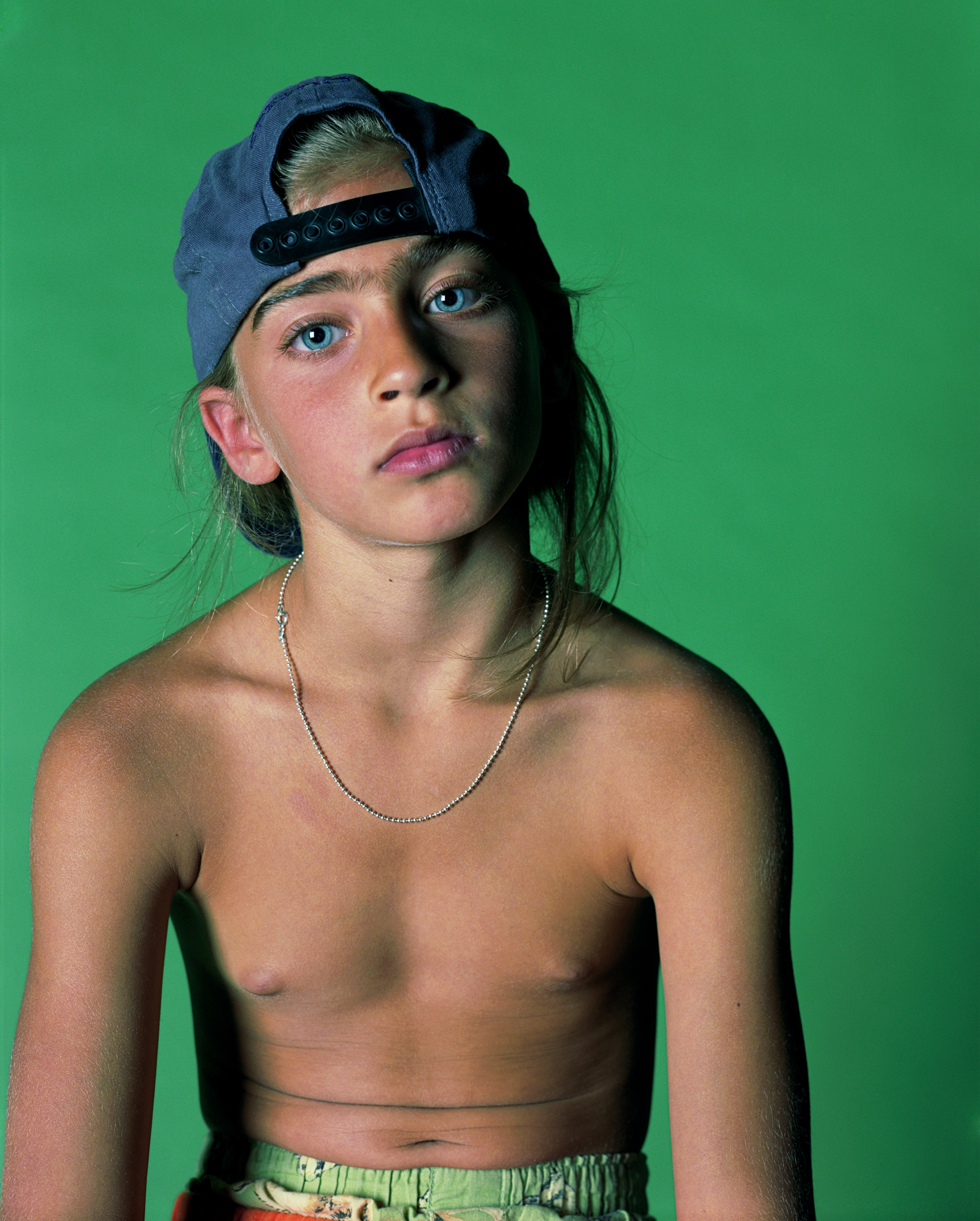
courtesy the artist and Regen Projects, Los Angeles; Lehmann Maupin, New York/Hong Kong/Seoul/London; Thomas Dane Gallery, London and Naples; and Peder Lund, Oslo
Catherine Opie by Hilton Als, Charlotte Cotton et al (Phaidon)
The spectacular list of contributors to this hefty monograph is a testament to the special place Catherine Opie occupies in American visual culture, with critic Hilton Als, heavyweight curators Helen Molesworth and Charlotte Cotton among them. The US Photographer has a unique ability to pay homage to the traditional while being deeply transgressive. She can take a portrait inspired by painting tradition, but her subjects are people history would never acknowledge. She can turn her lens on the vast American landscape and make it vibrate with new possibility. This epic survey (boasting more than 300 images) demonstrates how Opie has consistently challenged the status quo throughout her 40 year career, and continues to pose the question: what does it really mean to be American? (Charlotte Jansen)
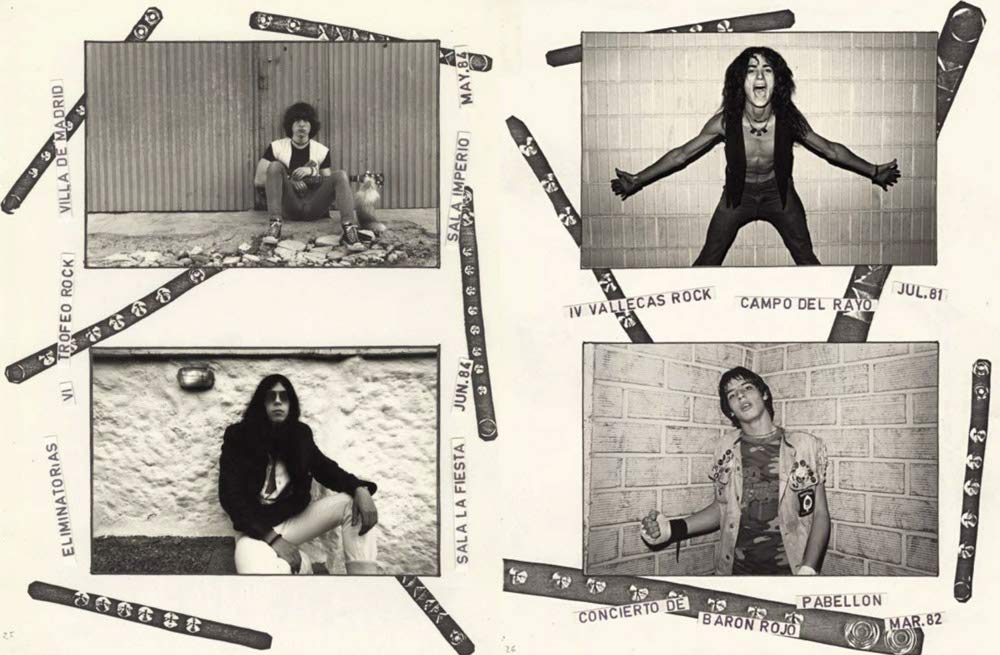
Miguel Trillo: Madrid in the 80s (Ediciones La Bahia)
Following the end of Franco’s dictatorship, Spain’s capital city saw a flowering of countercultural creativity during the 1980s. Dubbed La Movida Madrileña (The Madrid Scene), it saw young people began to define themselves as punks, rockers and mods, spilling out of underground clubs and bars and onto the streets. Miguel Trillo, an active member of the scene, began to document the fashion, music and culture that coalesced in Madrid’s hedonistic decade of celebration. Trillo created a zine from his photographs of the music scene, layering black and white images together with text. It forms an evocative record of a period that remains definitive not only in the country’s history, but in a global legacy of rebellious and creative movements that continue to define culture today. (Louise Benson)
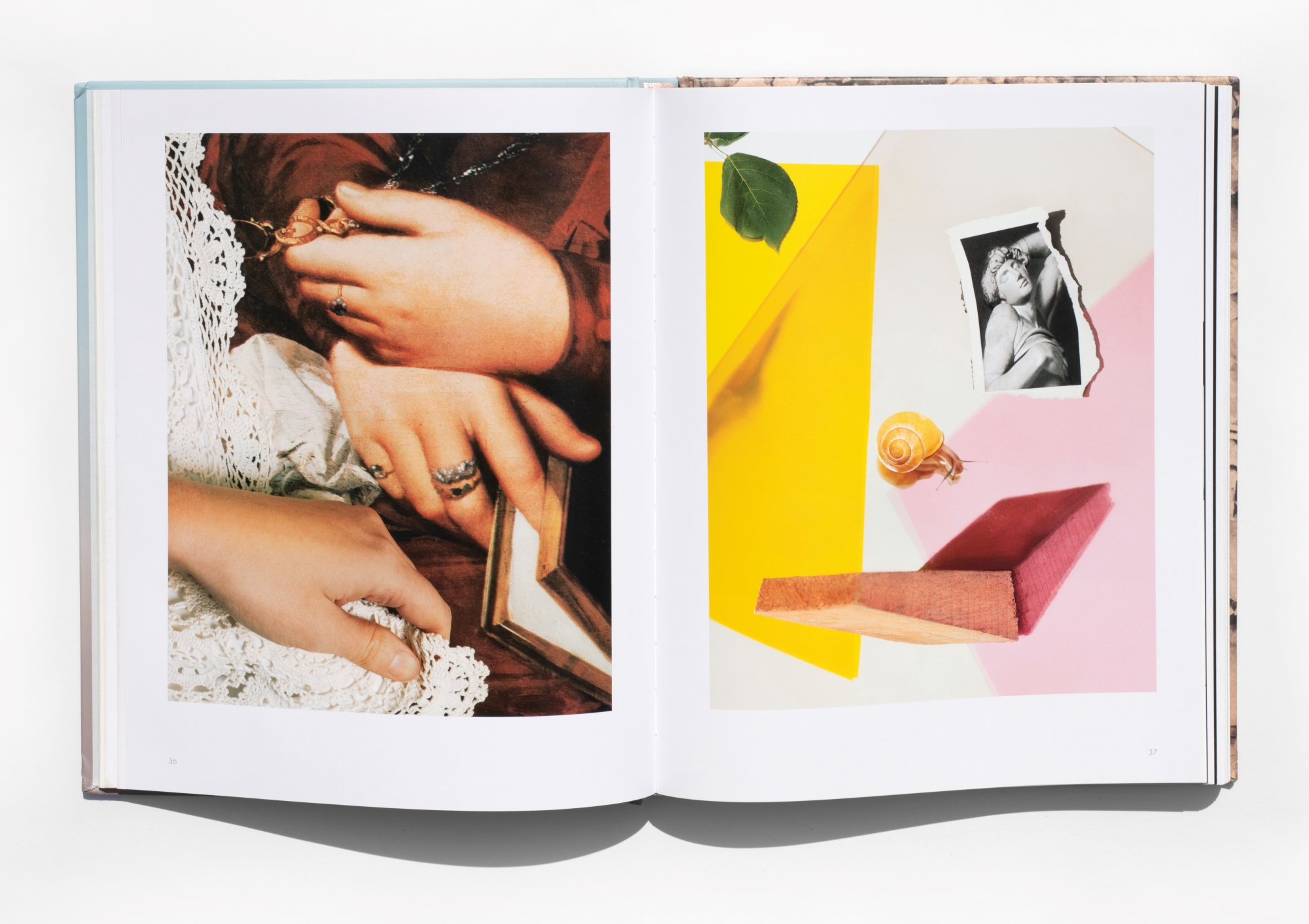
Brea Souders: Eleven Years (Saint Lucy Books)
Taking a playful approach to photography, Brea Souders regularly offers fresh takes on the medium. A 2019 collaboration with artist Ina Jang saw the two engage in a “creative duel”, swapping their own images and inviting one another to build on them, one intervention at a time. Souders’ first monograph brings together work from 2010 to the present day, demonstrating her intuitive approach to photography, as she switches tools and processes from project to project, reimagining “what a photograph can be and what it might mean”. The US artist has an excitingly hands-on approach to film, often cutting it up or painting on it, colouring by hand and creating sculptural works with static electricity. (Emily Steer)
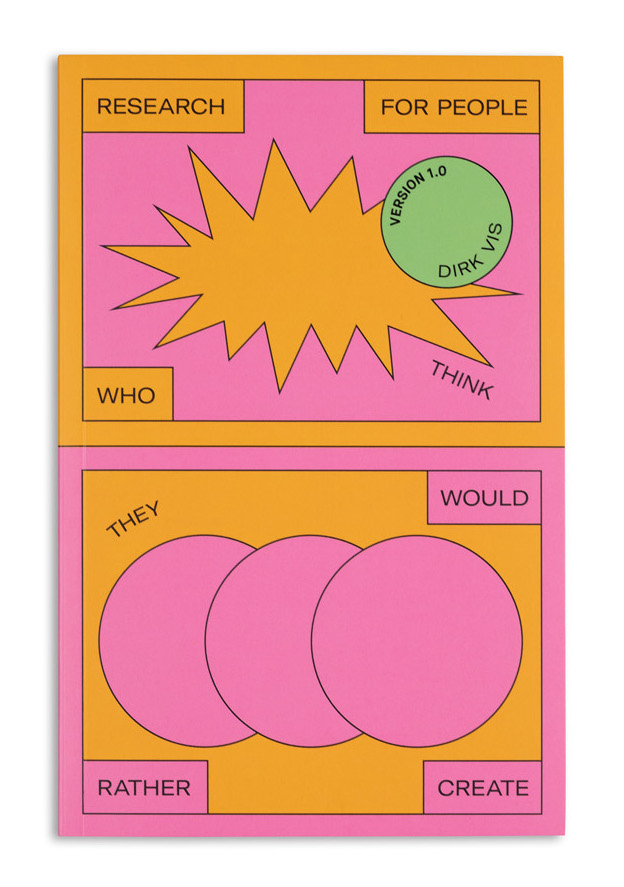
Research for People Who (Think They) Would Rather Create by Dirk Vis (Onomatopee)
The process of creative production is hard. All artists know this, but it often remains shrouded in silence and secrecy. There’s nothing cheerful about creative block. This new tome is here to help, setting out clear steps for anyone who has ever battled with researching and documenting a new self-initiated project. Dutch writer, editor and lecturer Dirk Vis’ book drills down into finding the right topic and approach, formulating your research question, and working out your methods. Peppered with examples from the fields of art and design, Research For People Who (Think They) Would Rather Create is an invitation to open a fresh notebook and develop your own research. (Louise Benson)

Campesino Cuba by Richard Sharum (Gost Books)
Available for pre-order ahead of its official publication in September, this new photobook by US photographer Richard Sharum looks at Cuban ‘Campesinos’. Sharum’s early fascination with the young Cuban men who left rural farming behind to head to the cities later broadened to include the women and children in the communities too, creating a contemplation of the broader complexities of campesino life. There is a distinct tension here in that these are pictures by a foreign, white western male: acknowledging this, the book also includes texts by Cuban historian Aldo Daniel Naranjo and writer Domingo Cuza Pedrera who grew up as a campesino. These give vital context to Sharum’s outsider images. (Charlotte Jansen)





